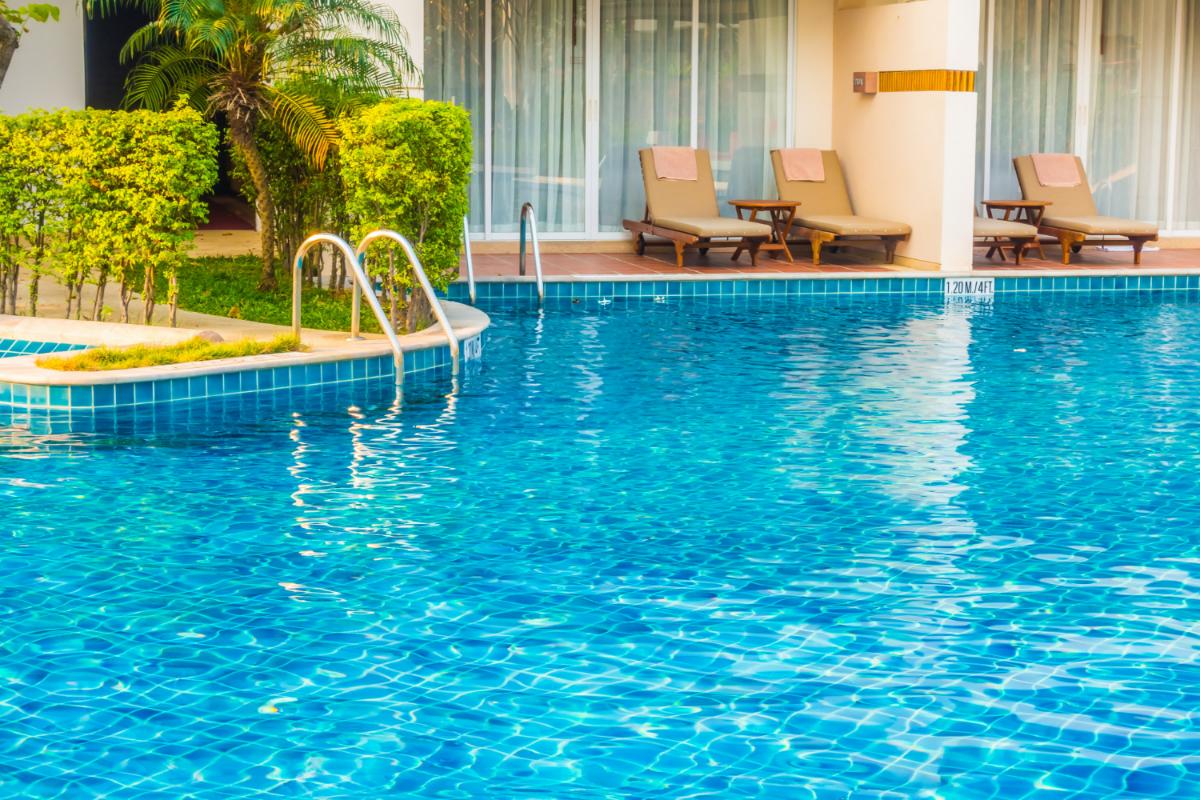
Sadly, the responsibilities of pool ownership don't end when the swimming season ends. It is important to continue caring for your pool during the off-season to ensure a successful and clean opening. Here are some great tips for winterizing your pool. When pool maintenance is the last thing you want to do, you need a pool service in Orlando to take care of your work.
On the last day that you operate the pool, this should be added to the water, and the pump should be run for 24 hours to circulate the algaecide through the system entirely. After that, it is safe to shut down the circulation system for the winter months. Algaecide will help to keep algae away as long as possible, making pool startup much more effortless.
As the cold months approach and you get ready to close down the pool, it is essential to check your pipes and motorized parts, draining the water from the pump, pool heater, and filter. It is also helpful to drain the water from the pool to 4 to 6 inches below the pool skimmer. Once freezing temperatures arrive, any excess water in these parts can freeze. If that happens, pipes can break, which will cause serious money in repairs.
Don't forget to completely remove any water accumulated on top of the pool cover to keep it from freezing. This process is made easy with a winter cover pump or even a sump pump. Finally, keep your pool cover clean through the winter months. It is vital to have a winter cover for your swimming pool. Keeping your pool covered through the winter can keep children and wildlife out of the pool.
If you live in a warmer region, keep the water level where it should be and keep the pumps running.
Adding chlorine in the fall can help with opening the pool when it's time. However, be careful about the chlorine levels because a high level can bleach the pool liner. If you live in colder regions, as soon as the water thaws in the springtime, add 1 to 2 gallons of liquid chlorine to an average size in-ground pool. This is the most critical step, and you can do this yourself or hire a professional to do it for you.
Having clean, clear water in the spring when you're ready to open the pool makes life much easier. An essential element to achieving that is having a properly fitted safety cover. If the pool cover doesn't work, it makes it easy for debris, dirt, and even small animals to make their way into the pool.
If fall has been mild and warm, it is a good idea to check the pool and add more chlorine and algaecide just ahead of the coldest season. Likewise, if you live in an area with heavy rain in the fall, before the first big freeze comes along, it is wise to charge up the chemicals to help ensure that the clean water makes it through to the spring start up without algae bloom.
Breaking down nonliving organic contamination can be achieved by using an enzyme product during the off-season. Some examples of this contamination include pollen, bird droppings, or even contaminants from bathers leftover from your pool season. In addition, off-season enzymes can help prevent the waterline ring that can occur through the winter, which generally requires some serious scrubbing in the spring. Hiring a professional to take care of your pool service needs in Orlando is recommended if your life is too busy for you to take care of these things on your own.